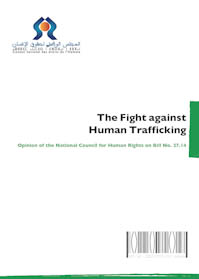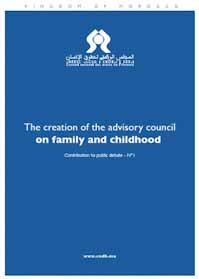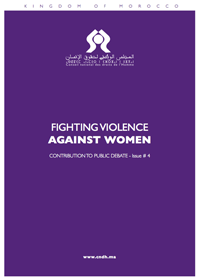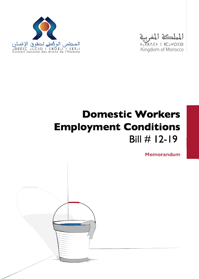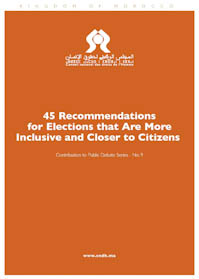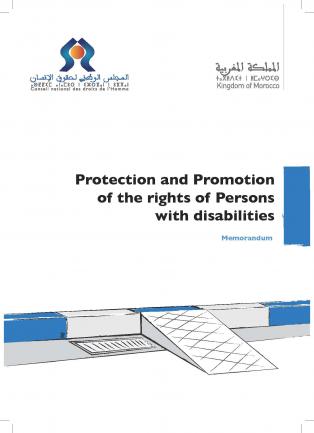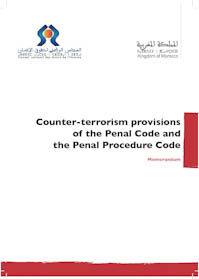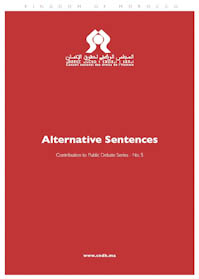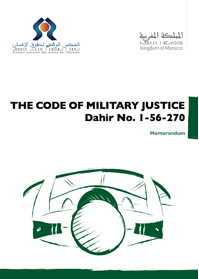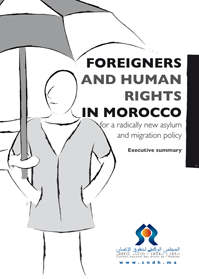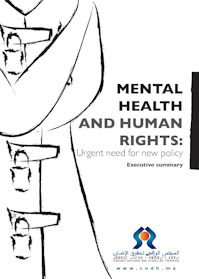The concluding observations of the CRC, a roadmap for the protection of children’s rights in Morocco
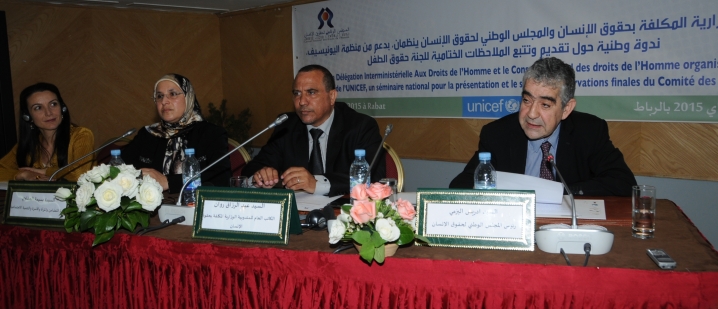
CNDH and the inter-ministerial department for human rights (Délégation interministérielle aux droits de l’Homme) held, with the support of UNICEF, on Wednesday, on May 13, 2015 in Rabat, a national seminar to present and promote the recommendations and final observations of the UN Committee on the Rights of the Child, on the combined third and fourth periodic reports of Morocco.
In his statement, CNDH Chairman Driss El Yazami stressed that the Council is advocating for the establishment of a national redress mechanism for children victims of human rights violations in Morocco. This mechanism, he said, will help monitor, protect and ensure safety of children without discrimination, for the best interests of the child.
Taking into account the Committee’s general comment No. 2 (2002) on the role of independent national human rights institutions, the CRC recommended that “the State party [Morocco] take measures to expeditiously adopt the law reforming the mandate of the National Human Rights Council in order to establish a specific mechanism for monitoring children’s rights that is able to receive, investigate and address complaints by children in a child-sensitive manner.”
This gathering was an opportunity to shed light on the CRC’s concluding observations and discuss them with the different national stakeholders to better understand and promote the Committee’s recommendations and set up a mechanism to monitor their implementation. It was also an opportunity to share experiences and international best practices in developing plans to monitor such recommendations.
The CRC considered the combined third and fourth periodic reports of Morocco (CRC/C/MAR/3-4) at its 1906th and 1907th meetings (see CRC/C/SR. 1906 and 1907), held on 3 September 2014. It adopted its concluding observations, at its 1929th meeting, held on 19 September 2014.
The Committee recommended taking all appropriate measures to ensure that its recommendations and concluding observations are fully implemented. It also recommended that the concluding observations be made widely available in the languages of the country.





